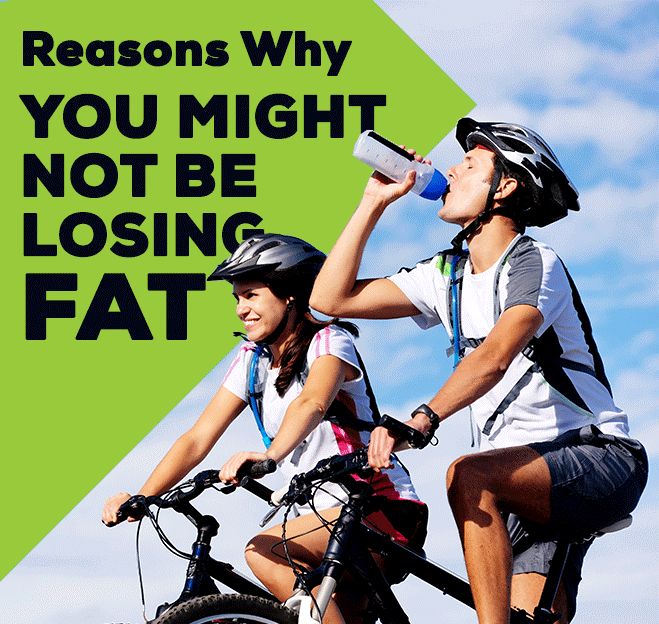Spring is here! Which means as the weather begins to warm up, we can spend more hours venturing out into the beautiful sunshine! Although any sort of exercise is encouraged, there are particular benefits to training in the outdoors that just can’t be found from inside the walls of the gym.
With our busy and congested lifestyles, it’s important that we have a way to release the stress from day to day. Research shows that exercising outdoors appears to be more beneficial for mental health, over exercising indoors1, with exercise in natural environments being associated with improved feelings of tension, anger and depression – whilst improving feelings revitalization2,3. 30 minutes a day exercising in and around nature for just 30 days has been shown to improve well-being, mood and mindfulness1 with the benefits have the biggest impact within the first 5 minutes of exercise!
Outdoor exercise has shown to be useful in prevention of both primary and secondary disease. An example of this is having Type 2 Diabetes [primary disease] which can lead to other health issues such as heart disease, kidney disease, obesity and joint conditions [secondary diseases].
Cortisol is an important hormone which assists with maintaining blood sugar (glucose) levels in the body and is therefore of particular importance to diabetics. Although some exercise alone does reduce cortisol levels, exposure to nature can also have the same affect1. Cortisol is also the body’s main ‘stress hormone’ and it works with your brain to control mood, motivation and fear. Cortisol also helps to regulate blood pressure, keep inflammation down in addition to controlling blood sugar levels and therefore regulates your metabolism (manages how your body uses carbohydrates, fats and proteins). If cortisol levels are too high, weight gain can occur. Being amongst green locations (and the ocean) has been shown to reduce cortisol levels through the relaxing properties of nature by alleviating the two main ‘stress systems’ in our body – shown also through a decrease in blood pressure and heart rate.
Exercising in the outdoors can also ensure that adequate vitamin D levels are obtained. Vitamin D is an important micronutrient in the body due to its role in absorption of calcium. In Australia, over 30% of adults are deficient in vitamin D5, which can lead to bone and joint pain and increase the risk of bone fracture (vitamin D can be checked easily through a simple blood test). How much time should be spent in the sun depends on your geographic location – however for in most parts of Australia (Sydney and Melbourne included), this is 2-3 hours a week during June-July, and just a few minutes on most days throughout the rest of the year5. This can easily be achieved by starting your training session with a 5-minute warm up run around the block!
So grab a friend and go for that coastal walk, bush walk, ocean swim or kick of the footy. Soak up the sunshine and enjoy!
PIP TOCKUSS
B.CLINEXERPHYS, AES, ESSAM
Accredited Exercise Physiologist
1. Pretty, J., Rogerson, M., & Barton, J. (2017). Green mind theory: How brain-body-behaviour links into natural and social environments for healthy habits. International Journal of Environmental Research and Public Health, 14(7), 706. doi:10.3390/ijerph14070706
2. Barton, J., & Pretty, J. (2010). What is the best dose of nature and green exercise for improving mental health?: A multi-study analysis. Environmental Science & Technology, 44(10), 3947-3955. doi:10.1021/es903183
3. Thompson Coon, J., Boddy, K., Stein, K., Whear, R., Barton, J., & Depledge, M. H. (2011). Does participating in physical activity in outdoor natural environments have a greater effect on physical and mental wellbeing than physical activity indoors?: A systematic review. Environmental Science & Technology, 45(5), 1761-1772. doi:10.1021/es102947t
4. Gladwell, V. F., Brown, D. K., Wood, C., Sandercock, G. R., & Barton, J. L. (2013). The great outdoors: How a green exercise environment can benefit all. Extreme Physiology & Medicine, 2(1), 3. doi:10.1186/2046-7648-2-3
5. Osteoporosis Australia. (2017, July 14). Vitamin D | Osteoporosis Australia. Retrieved from https://www.osteoporosis.org.au/vitamin-d


